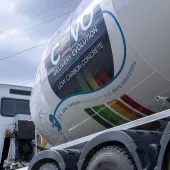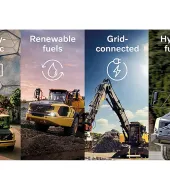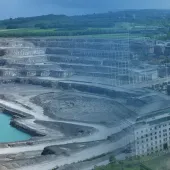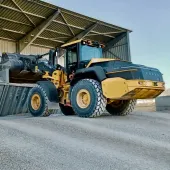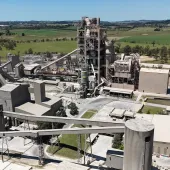Saving Carbon Now
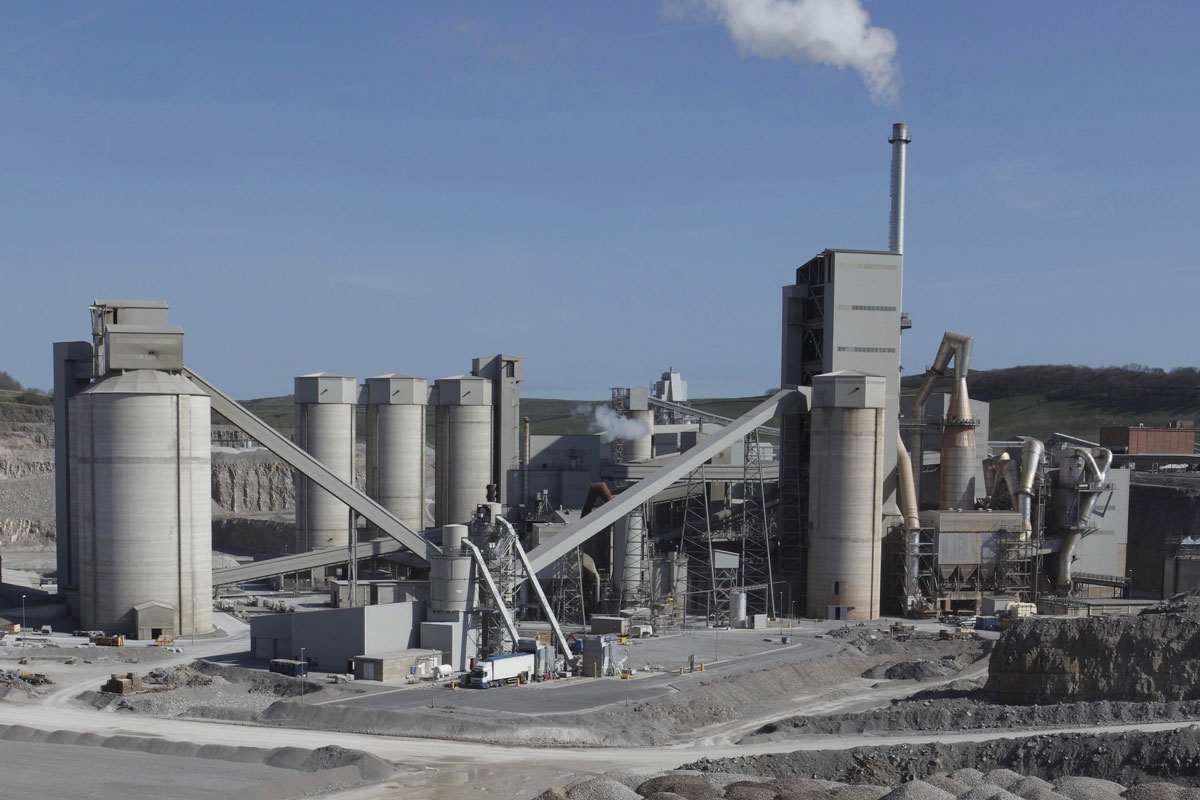
First published in the June 2022 issue of Quarry Management
How UK construction can embrace sustainable change
By Emma Hines, senior manager – sustainable construction, Tarmac
The scale and nature of the global transition to net zero means that we can often all be guilty of assuming it is something that can be achieved by others taking responsibility over the long term.
In the context of the Intergovernmental Panel on Climate Change’s (IPCC) latest report identifying that a 43% reduction in greenhouse gas emissions will be needed by 2030 to keep global warming to below 1.5°C, the reality is that we all need to start collectively finding new ways and approaches to drive down emissions now.
For construction, this means making changes across the whole life cycle of projects, working our way back from the operation of a building or an asset to where the materials needed to construct it are extracted.
Adopting new approaches, embracing change
There are already several practical, behavioural, and technological changes that can help clients, contractors, and design teams to save carbon now. Critical among these is that they start to develop a greater understanding about raw materials and think more about how they engage and collaborate with the materials supply chain in terms of specification, procurement, and their sourcing requirements.
Positively, many exemplar programmes have reorganized their procurement practices to consider the climate emergency and the transition to net zero. We are now seeing that the lowest-carbon solution is sometimes more important than price.
At the same time and going hand in hand with this, there is a growing and greater focus on where their materials come from and their overall traceability, as well as a careful consideration of how multi-model logistics can deliver even greater carbon savings.
Taking this approach will also stand customers, clients, and the supply chain in good stead when it comes to net zero, where a key focus should be put on understanding construction materials and their origins to help trace impacts, optimize specifications, and cut carbon.
This is because making sustainable choices requires looking at the granular detail; for example, low-carbon concrete design is already available and proven. In fact, today, as standard, we can achieve up to 70% reduction in the embodied carbon of concrete compared with CEM I.
Engaging early
Key to getting all this right is engaging early with materials partners and making this discourse standard practice across all parts of the market. Talking to construction products manufacturers in the very early stages of the design process can mean benefitting from a wealth of information and guidance, helping to make better-informed decisions about materials choices.
With materials such as asphalt or concrete, early dialogue provides the chance to identify suitable lower-carbon options and then optimize and refine mixes to deliver reduced emissions.
Early engagement also means that suppliers themselves can propose the most sustainable logistics solutions. At Tarmac, for example, we have one of the largest rail freight networks in the country and move million tonnes of materials every year by rail. With one aggregate train reducing carbon dioxide by 70% per tonne compared with the equivalent road journey, significant savings are possible.
When considered together with specification, an accurate overall carbon footprint calculation can be delivered upfront before work starts on the ground. By considering how to lower CO2 at the start of the project, rather than simply as an afterthought, carbon cutting can be a much more efficient and straightforward process.
Changing mindsets
It has long been said that one of the biggest sustainability challenges in a generally conservative industry is encouraging construction teams to change traditional mindsets.
We have reached a point today where an ever-expanding range of low-carbon technologies is available. While these often have no or only negligible differences in performance compared with traditional methods, it is unfortunately quite common to see these materials misunderstood.
In the highways sector, for example, warm-mix asphalt is a case in point. In the UK we are some way behind other nations in seeing projects benefit from this more sustainable technology. This may be due to some authorities and other parts of the industry still lacking an understanding about the environmental and performance advantages of this material compared with traditional hot-rolled asphalt (HRA).
In a similar vein, there are also plenty of ways to decarbonize a concrete structure through design and specification, including through adjusting spans, loading, and structural systems. Although the safety and durability of buildings and infrastructure have and will always remain unquestionably the number one priority, we have reached a point over recent years where a fear of technical failure has led to unnecessary overspecification of materials for some structures, which comes at a high carbon cost.
In other areas, there are also opportunities to review and adjust programmes for carbon benefits. Currently, we strength test concrete to an industry-standard 28 days after pouring. If we were to instead strength test structures after 56 days and allow more time for the concrete to set, mixes could be used that require less cement overall.
The Mineral Products Association (MPA) has demonstrated this as an extremely simple way of reducing cement and, therefore, the embodied carbon of a project, at the cost of just a few weeks. Allowing longer setting times before strength testing means cement content can be reduced by 15–20kg/m3 and leads to a reduction of 5–10kg/m3 in CO2 emissions.
Misunderstanding, conservatism, and needing departures from technical standards can all result in curbing the opportunity to deliver improved environmental outcomes. The key to decarbonizing at a project level is to assess all the possible options early on, from materials extraction to the building or asset’s operation.
Doing this and achieving our industry’s net-zero goals requires practical, behavioural, and technological changes. To navigate the transition, we need to embrace these collectively to deliver now and into the future.
- Subscribe to Quarry Management, the monthly journal for the mineral products industry, to read articles before they appear on Agg-Net.com


